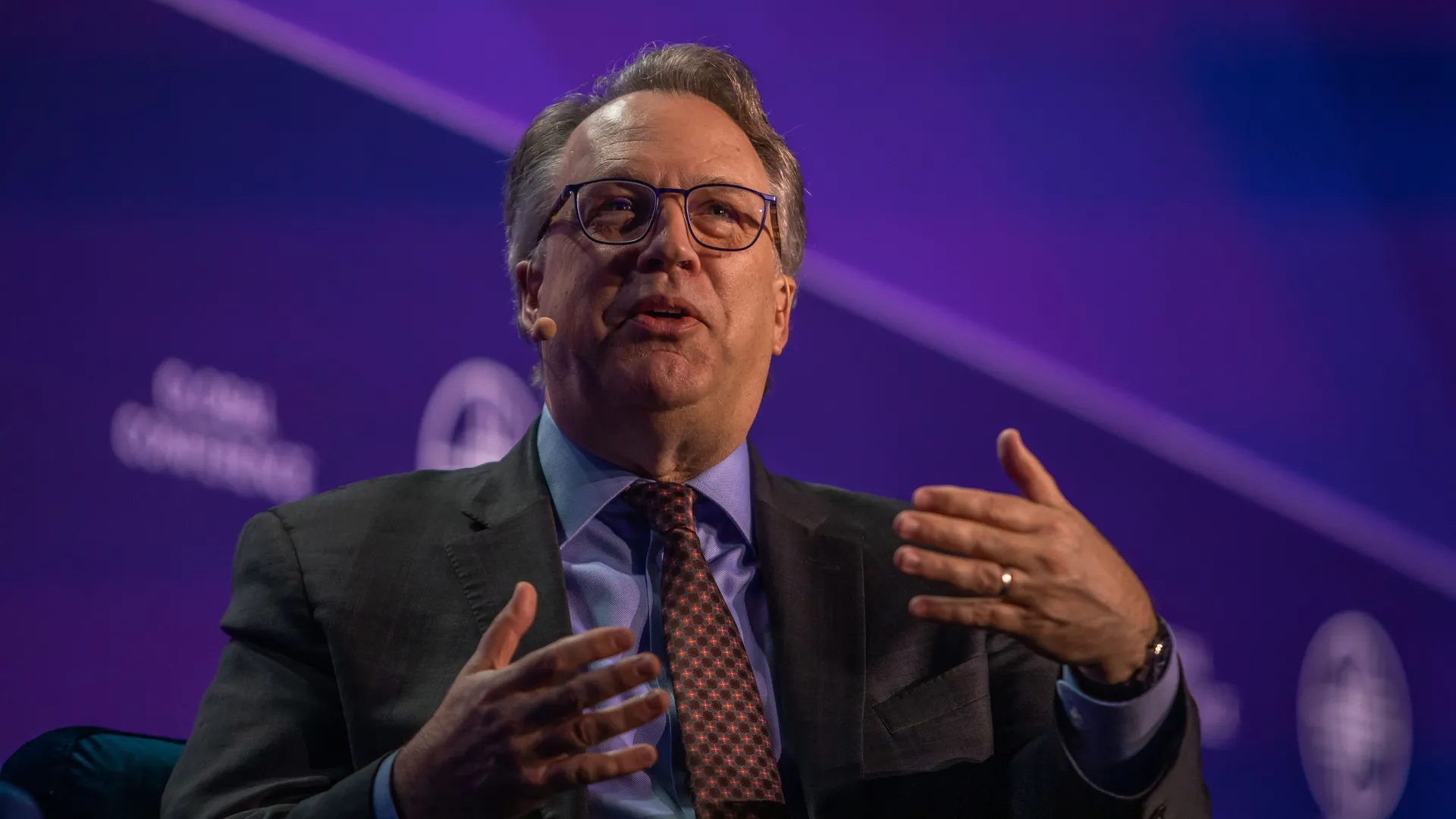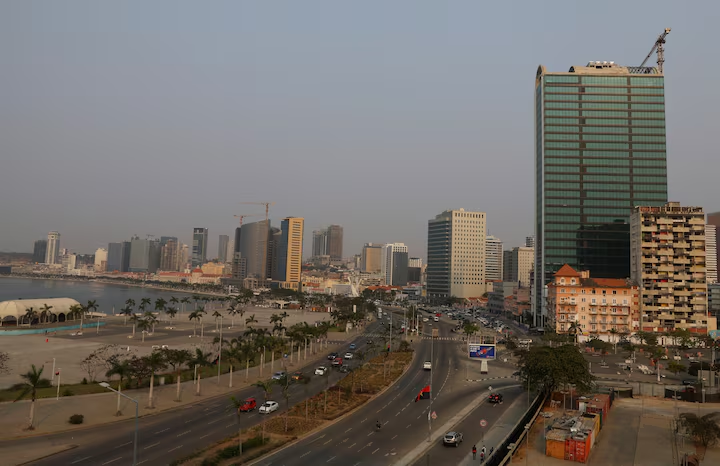Follow the money and you’ll see the pipes. Off Angola’s Atlantic coast, a lattice of steel runs toward a new refinery built not with bank loans or multilateral cheques, but with private money. That’s the point. Yield-hungry lenders who spent a decade crowding each other in the US and Europe are now sliding into emerging markets, writing bespoke loans for projects that banks won’t — or can’t — touch.
The pitch is simple. Developed markets are saturated and spreads are skinny; the big private credit funds are fighting over the same deals, and the warnings about froth are getting louder. In contrast, many EM borrowers have bankable projects and a higher pain tolerance. Managers talk about a structural reallocation, not a trade. PIMCO has already committed around $30 billion across roughly 140 EM deals in five years and plans to lift annual lending by a third. Others are on the same trajectory.
The economics help. Managers say EM deals often pay 150–300 basis points above equivalent Western credits — and that the risk is frequently lower than ratings imply. The argument is that EM corporates live with volatility as a fact of life, engineer higher collateral coverage, and accept tougher covenants. The refinery outside Luanda is a case study: Gemcorp fronted most of the financing alongside state oil company Sonangol, with phase one tagged at about $475 million and designed to cut Angola’s import bill by turning its own crude into fuel at home. The same lender has put money into Kenya’s Lake Turkana wind, Angolan water and sanitation, and cross-border power lines into Namibia. That blend — hard assets, ring-fenced cash flows, and local partners — has become the template.
It isn’t just mega-projects. In Turkey, where authorities have squeezed bank lending to tame inflation, private credit has slipped into the gap for corporates and even municipal transport. In Central America, funds are pre-paying commodity exports to US buyers; in West Africa, they’re structuring fuel prepayments and gold offtakes; in Saudi Arabia, they’re raising a $1 billion pool for mid-market firms riding the government’s fiscal push but starved of flexible capital. The appeal, say lenders, is speed and customization: upfront fees for cash-hungry sponsors, back-ended amortization to match project ramps, warrants tied to EBITDA, tighter security packages. It’s “bespoke financing for bespoke problems,” as one manager puts it.
The boom didn’t start in EM. Private credit exploded globally from a cottage $200 million industry two decades ago to more than $1.2 trillion today, largely by stepping in where post-crisis bank regulation retrenched lending. But less than a tenth of that pool currently sits in emerging markets. That mismatch — plus a dearth of bilateral aid and shrinking development finance — explains why veteran investors think the EM slice could multiply from here, unlocking tens of billions a year.
There are caveats, and they matter. Some of the same voices cheering EM are also blunt about the cracks in the West. Competition has crushed margins; a few high-profile US blow-ups showed how quickly underwriting errors surface when the cycle turns; and big-name critics — from bank CEOs to the IMF — have started circling the word “shaky.” Shifting to EM doesn’t magically erase those risks; it changes their shape. The deals are typically asset-backed and covenant-heavy, but the legal plumbing can be messy, restructurings are untested at scale, and disclosure is patchy. Bond investors quietly worry that nimbler private loans will cannibalize their pipeline — and that if a sovereign or a city runs into trouble, the opacity could make workouts harder, not easier.
Still, the opportunity set keeps widening. Governments under fiscal pressure want off-balance-sheet capital for infrastructure; corporates boxed out by local banks want speed and flexibility; investors want uncorrelated cash flows at spreads that still make their committees smile. That’s why you’re seeing managers argue that the US is no longer the benchmark for returns — or for risk. In their telling, developed markets are “priced for perfection,” while EMs, battle-hardened by volatility, are priced for reality.
The test will be less about origination and more about exits. Can lenders recycle capital through clean amortization and refis rather than bruising restructurings? Can they scale without loosening covenants to win deals? And can they grow in places where the rules of the road are still being painted? If the answers tilt yes, the refinery pipes in Angola won’t be an outlier. They’ll be the blueprint for where private credit goes next.
The original story by Libby George and Rodrigo Campos for Reuters.










The latest news in your social feeds
Subscribe to our social media platforms to stay tuned